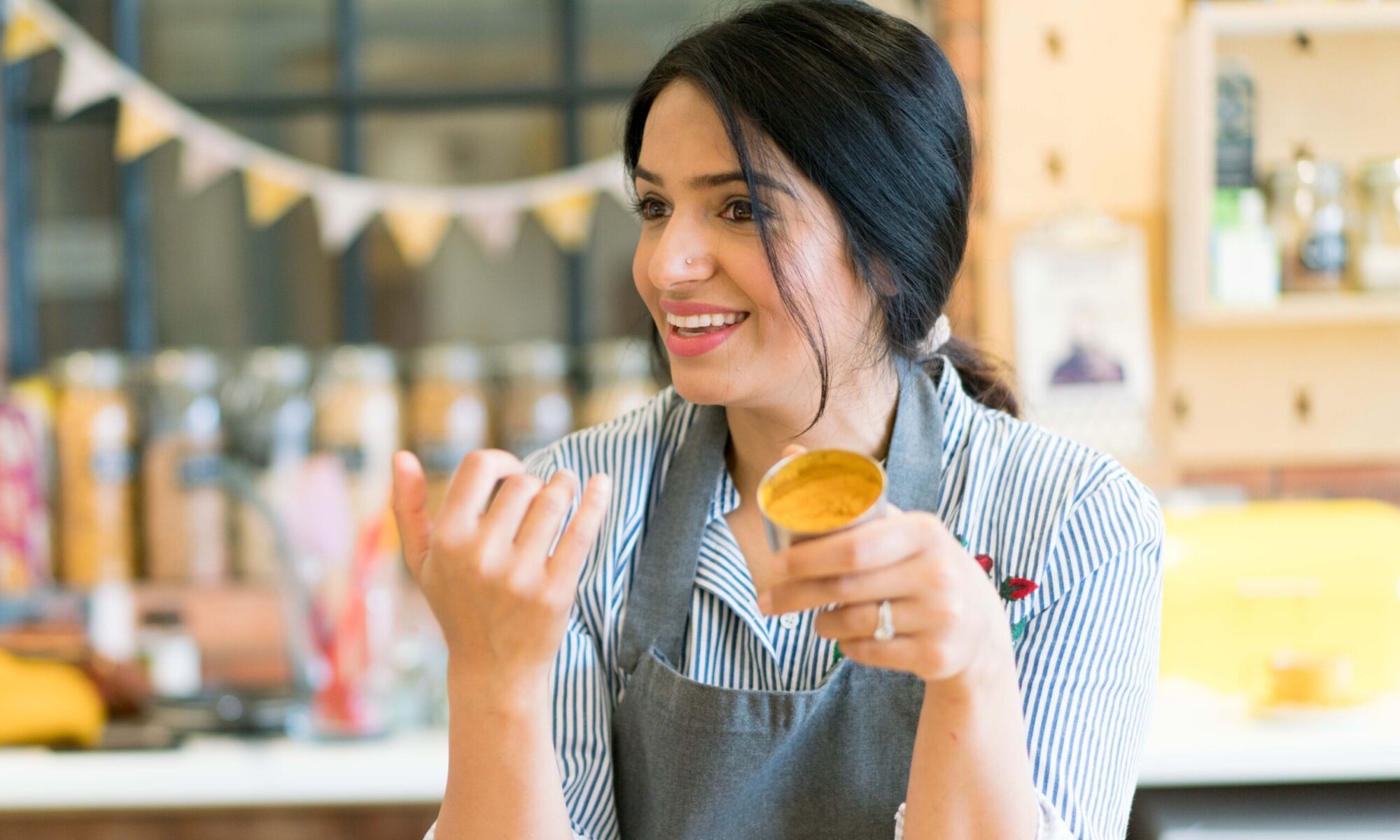I’ve made Tadka Dal hundreds of times and it’s often my “go-to” recipe when my brain is having a moment and can’t decide on what to make for dinner, or if we have ran out of everything and I haven’t got round to doing the big shop (both happen regularly).
I decided to teach how to make this hug in a bowl for this week’s LIVE Spice Club “isolation cookery lesson” and the feedback has been amazing!

Dal is not a seasonal dish. I make it all year round and it’s a staple in most Indian homes. Everyone makes it their own way and this recipe is what I would consider to be my “full fat” version. Sometimes If I’m feeling lazy or if I am incredibly hungry I will omit the onion and make the tadka with just ginger & garlic or even just ginger on its own. Sometimes if I’m in a rush I make these lentils without soaking (perfectly fine to do with red split lentils). My favourite way to eat dal is on top of some steamed basmati rice and I never use a spoon. I always eat it with my hand. Extra satisfaction guaranteed!

If you missed the live cookery class but want to catch up and watch, you can do so by clicking here. Also, if you have any dish suggestions for next week’s live class, comment below or drop me a message on Instagram or Facebook. I would love to hear from you!

Ingredients
Method
- Place the lentils in a pot along with salt and turmeric and 4 cups (approx 1litre) of boiling water. Bring to a boil and then reduce the heat slightly. Cook lentils on a gentle rolling simmer for 25-30 minutes or until the lentils are soft and tender mixing every few minutes. Use a spoon to skim off any foam that forms and discard.
- The water & lentils should be blended together & creamy in texture once cooked. If the water reduces before the lentils are cooked, you can add a little more.
- Whilst the lentils are cooking, heat the ghee/oil in a separate pan. Add cumin seeds, and asafoetida. Then add the onions and cook for 2-3 minutes until soft. Now add the garlic & ginger. Allow to cook for 2-3 minutes until golden in colour. Now stir in the tomato passata and chilli.
- Reduce the heat. Then add salt, paprika, turmeric and mango powder, Mix well and cook for a further 2-3 minutes until the oil begins to separate from the masala.
- Once the lentils are cooked, add them to the pan the tadka was cooked in. Mix well and bring to a boil. If you think the dal is too thick you can add a little more water (you may need to adjust seasoning accordingly).
- Finish with the garam masala and fresh coriander. Taste for salt and chilli adjust accordingly. Remove from heat and serve with rice or your favourite Indian bread.









